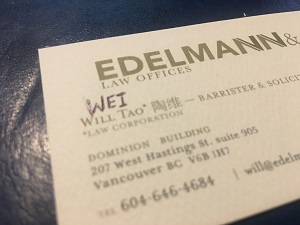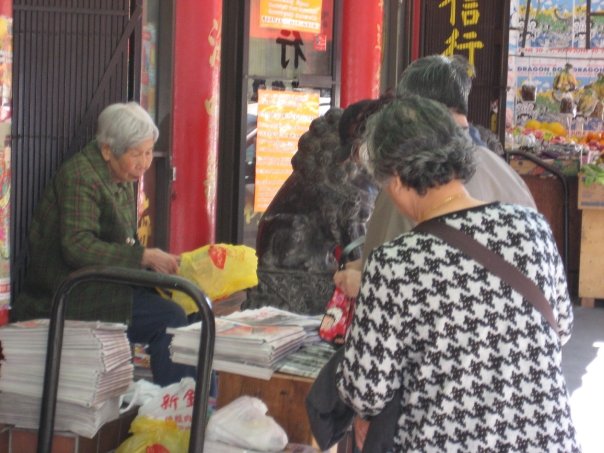
My Colonial Name is ‘Will’ – Here’s the Story of My Other Name ‘Wei’
“It’s Not What They Call You, It’s What You Answer To” – ascribed to comedian W.C. Fields (but I received this teaching through an April
Award-Winning Canadian Immigration and Refugee Law and Commentary Blog

“It’s Not What They Call You, It’s What You Answer To” – ascribed to comedian W.C. Fields (but I received this teaching through an April
Last week I attended a week long retreat/workshop from Inner Activist called “Conscious Use of Power.”
First – to Frame I have been trying to write this piece for over seven years. I had this constant struggle with whether this story

Framing My Perspective Over the past several months, I have had the unique opportunity of being part of a City of Vancouver Committee looking at
This letter has been translated into English for purposes of clarity. Assume it is in the third language of your loved one. Dear My Foreign
Mohamed woke up extra early on Boxing Day morning. It was not because he was in a rush to get to the mall to purchase
“Maria, wake up.” Maria Morales felt a tap on her shoulder. It was her 12-year old younger sister Samantha. Maria slipped on her bunny slippers
Will Tao is an Award-Winning Canadian Immigration and Refugee Lawyer, Writer, and Policy Advisor based in Vancouver. Vancouver Immigration Blog is a public legal resource and social commentary.
he/his/him
Acknowledges that he lives and works on the traditional, unceded territories of the Coast Salish peoples – sḵwx̱wú7mesh (Squamish), sel̓íl̓witulh (Tsleil-Waututh), and xʷməθkʷəy̓əm (Musqueam) nations.
This site reflects my personal opinions and views only and should not be relied on and should be verified prior to any professional use. Please note that none of the information on this website should be construed as being legal advice. As well, you should not rely on any of the information contained in this website when determining whether and how to apply to a given program. Canadian immigration law is constantly changing, and the information above may be outdated. If you have a question about the contents of this blog, or any question about Canadian immigration law, please contact the Author.